Product information
What is Lifting Equipment? The Most Common Types of Lifting Equipment on the Market Today
Lifting equipment is widely applied in cargo handling and transportation operations, helping improve work efficiency and ensure occupational safety. With diverse applications across various industrial sectors, these machines are indispensable. In this article, THACO INDUSTRIES provides an overview of what lifting equipment is, the most common types available today, and insights into one of Vietnam’s reliable lifting equipment manufacturers.
What is lifting equipment?
Lifting equipment refers to machines, devices, and vehicles designed to move heavy loads from one position to another using specialized lifting mechanisms.
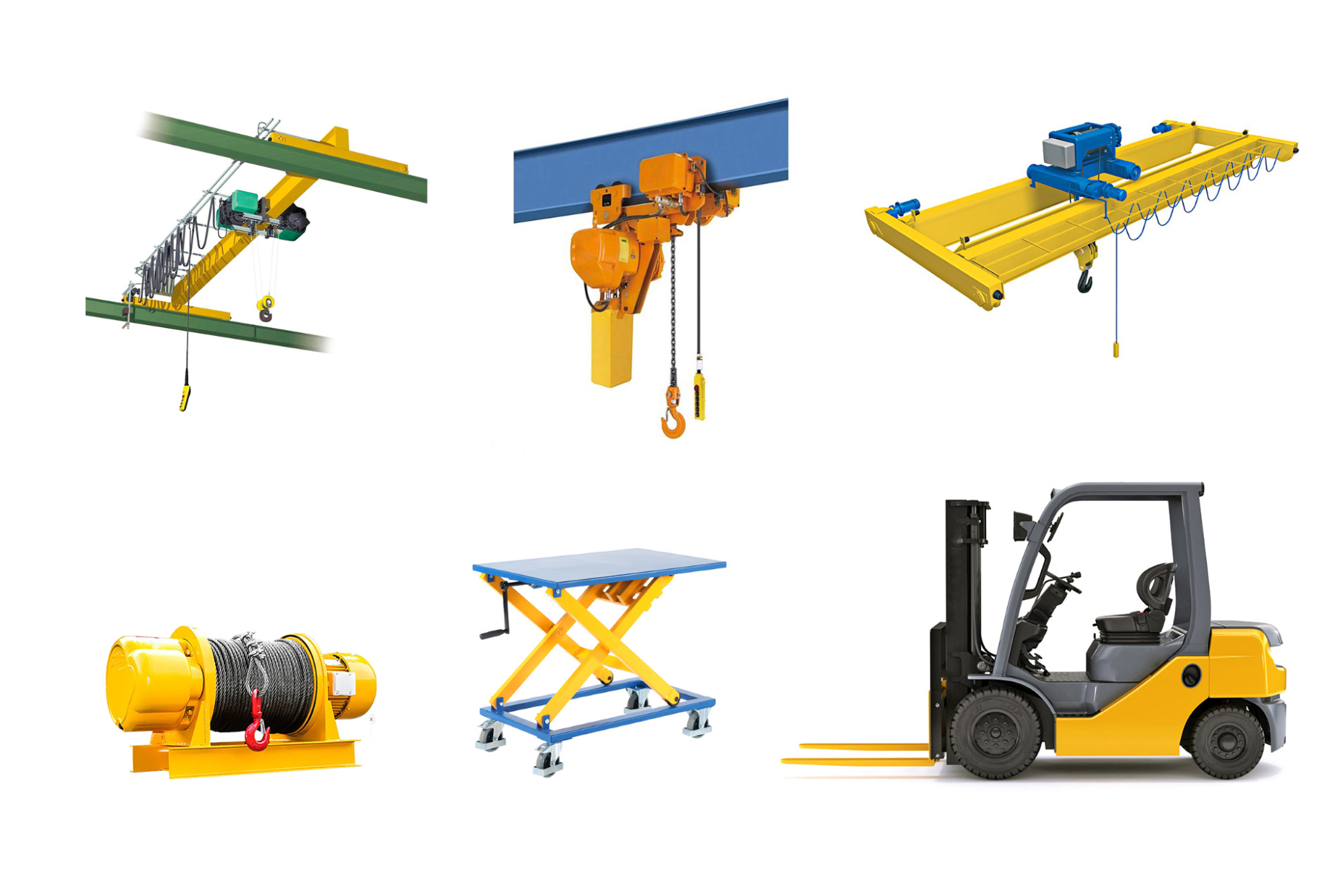
These devices are commonly used for lifting, loading, unloading, arranging, and transporting goods and materials. With diverse designs, load capacities, and operating methods, lifting equipment meets various transportation demands — from compact items weighing just a few kilograms to bulky loads weighing several tons.
Thanks to their high load capacity and ability to ensure safety during operation, lifting equipment has become an optimal solution for multiple industries.
Common types of lifting equipment
Lifting equipment comes in many forms, each designed to meet specific handling and transportation needs across industries. Understanding the common types of lifting equipment also helps businesses evaluate product quality, capacity, and suitability when selecting reliable lifting equipment manufacturers.
Overhead Crane
An overhead crane is installed at height with a system of steel girders, rails, hoists, and trolleys, capable of moving both horizontally and vertically to perform lifting and transporting operations.
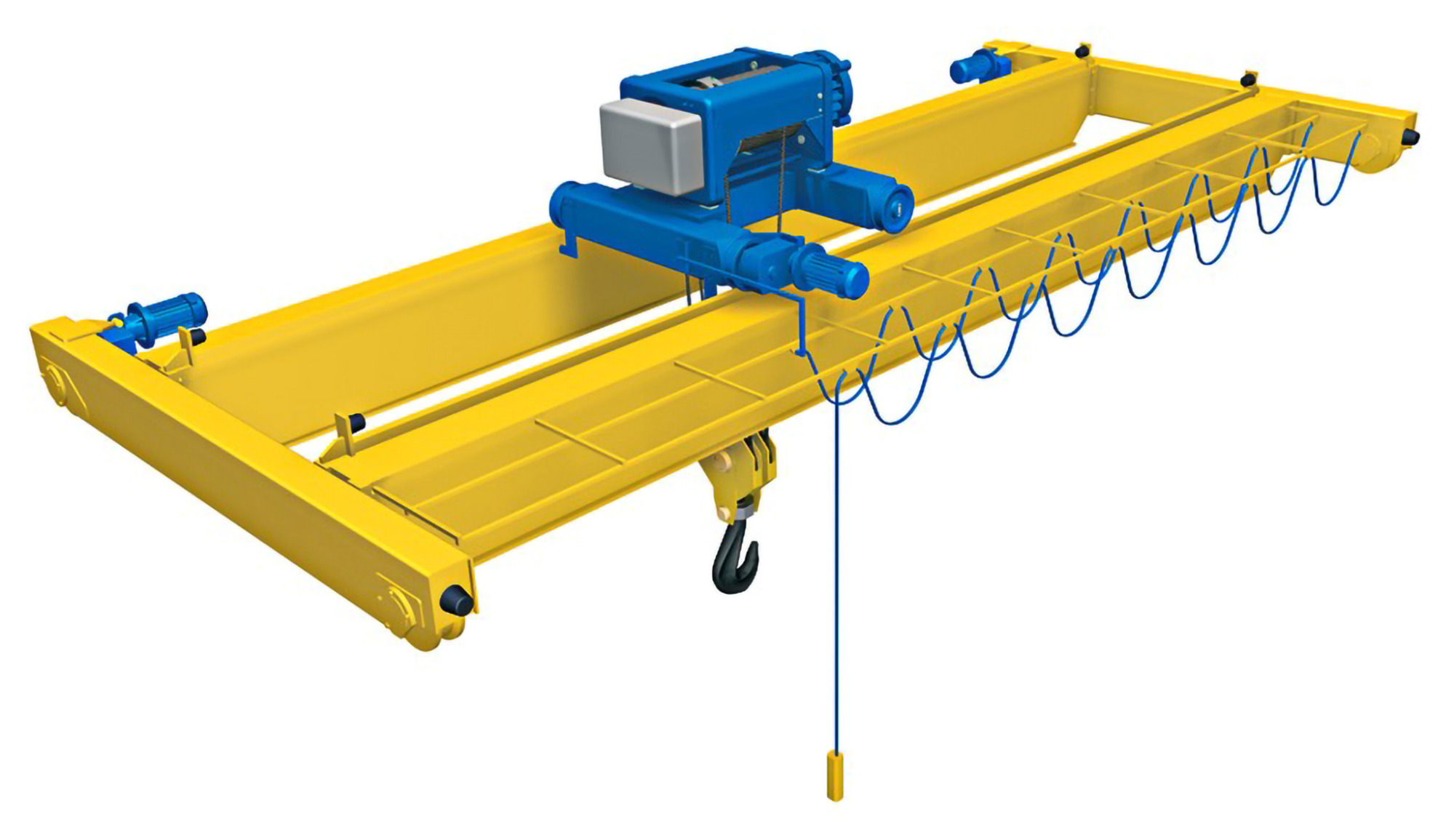
Overhead cranes are mainly used in warehouses, factories, and workshops,… to support machinery installation as well as cargo handling.
Classification of overhead cranes:
- By function: lifting cranes, transfer cranes, installation cranes.
- By drive system: electrically driven cranes, manually driven cranes.
- By girder structure: single-girder cranes, double-girder cranes, suspension cranes.
- By application scope: cranes for heavy industries, cranes for light industries,…
Gantry Crane
A gantry crane is used for lifting and transporting heavy loads in large work areas such as factories, warehouses, ports, and construction sites,… It typically consists of main girders, end girders, hoists, control systems, cables, and hooks.

With specialized designs and diverse models, gantry cranes feature large lifting capacities ranging from 1 to 500 tons, making them highly suitable for industrial applications and optimizing cargo handling operations.
Classification of gantry cranes:
- By girder structure: single-girder, double-girder, box girder, truss girder,…
- By application scope: warehouse gantry cranes, port gantry cranes, construction gantry cranes,…
Forklift
A forklift is a versatile lifting and transporting device consisting of a frame, operator’s cabin, engine, steering wheels, chassis, load wheels, forks, lifting mast, chains, and lift carriage.
Forklifts handle loads from several tons to several dozen tons, with lifting heights reaching tens of meters. Thanks to their flexibility and ease of operation, forklifts are widely used in warehouses, yards, production workshops, logistics areas,… making cargo handling and inspection more efficient.
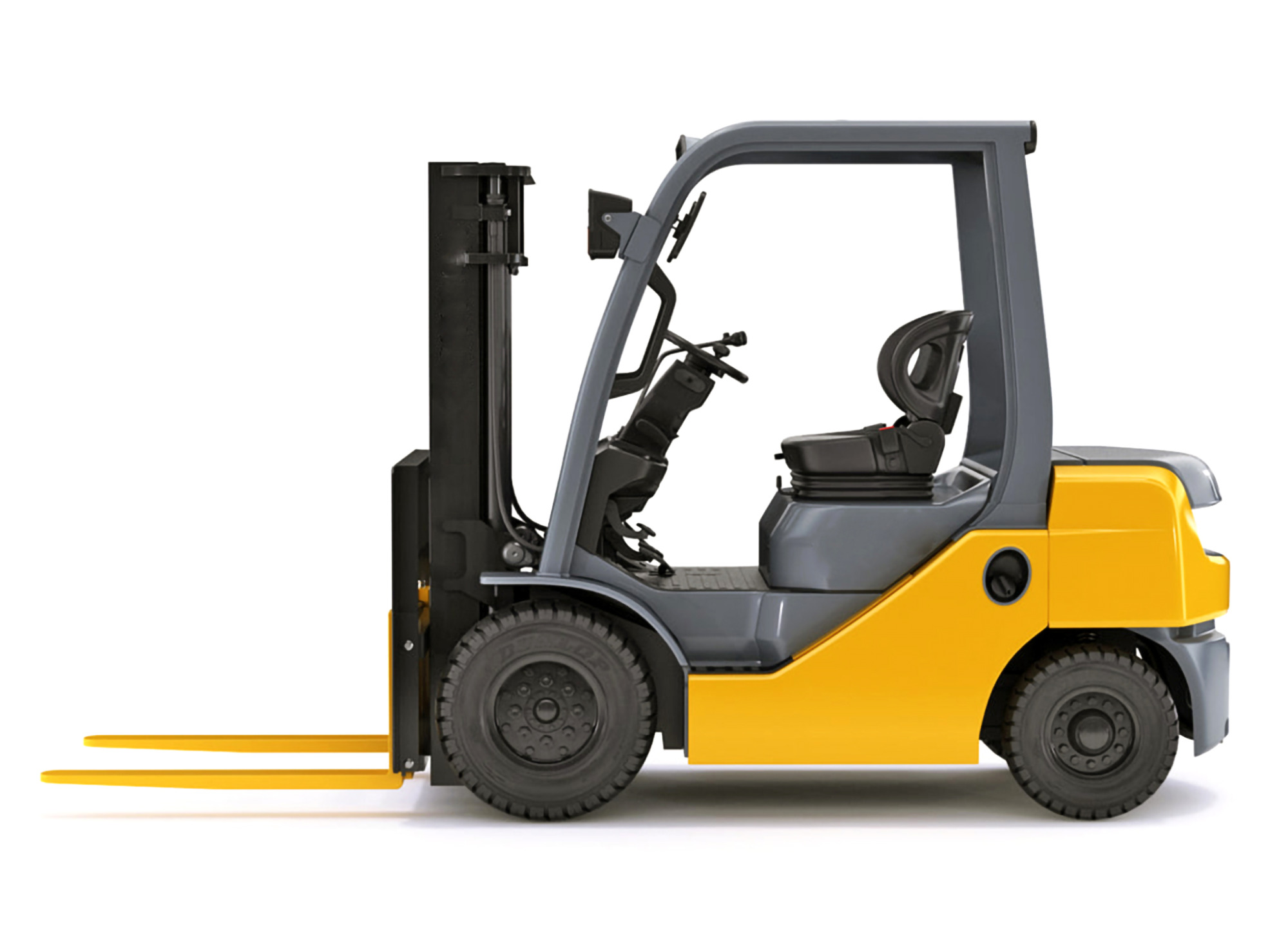
Classification of forklifts:
- By engine: manual forklifts, electric forklifts, internal combustion forklifts.
- By capacity: 1-ton forklifts, 10-ton forklifts, 20-ton forklifts,…
Winch
A winch consists of a drum wound with steel cable or chain to lift and move heavy loads in multiple directions. With its reliable performance and flexibility, the winch plays an important role in industrial production, construction, and mining,…
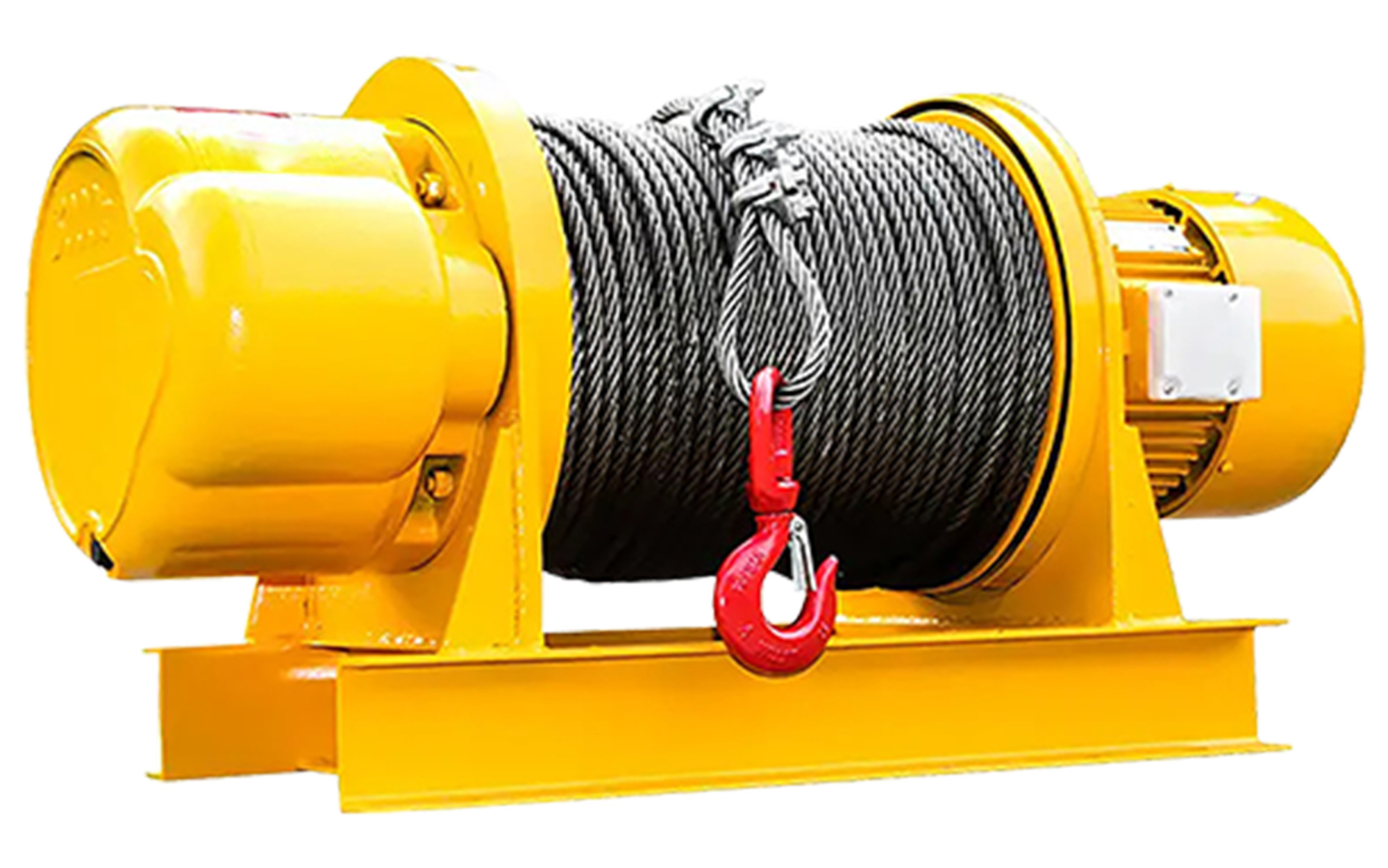
Classification of winches:
- By power source: manual winches, electric winches.
- By installation: ground winches, suspended winches.
Hoist
A hoist is an essential component of overhead and gantry cranes, either fixed or mobile. It uses a pulley system with steel cables or chains to lift and move heavy loads vertically.
Hoists are commonly applied in agriculture, industry, and construction,… for activities such as machinery installation, repair, loading, and unloading at stations, ports, and warehouses,…
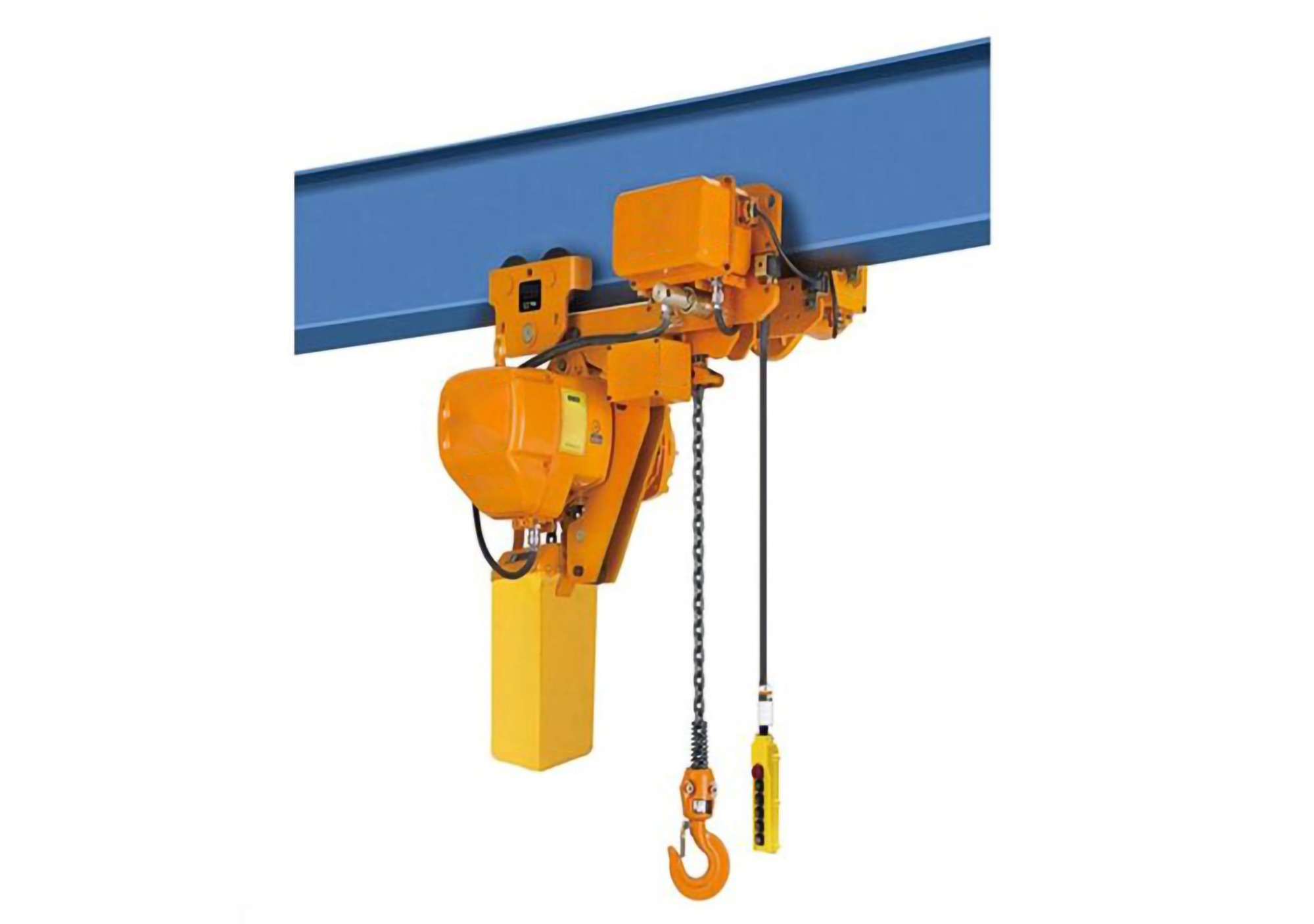
Types of hoists:
- Electric chain hoists.
- Electric wire rope hoists.
- Manual chain hoists.
- Lever hoists.
Scissor Lift Table
A scissor lift table uses hydraulic or electric power to adjust the height of its flat platform, allowing goods and materials to be moved and lifted easily and safely. It is designed with a flat surface mounted on an “X”-shaped scissor mechanism.
Due to its flexibility and ease of use, the scissor lift table is widely adopted in factories, workshops, and warehouses,…
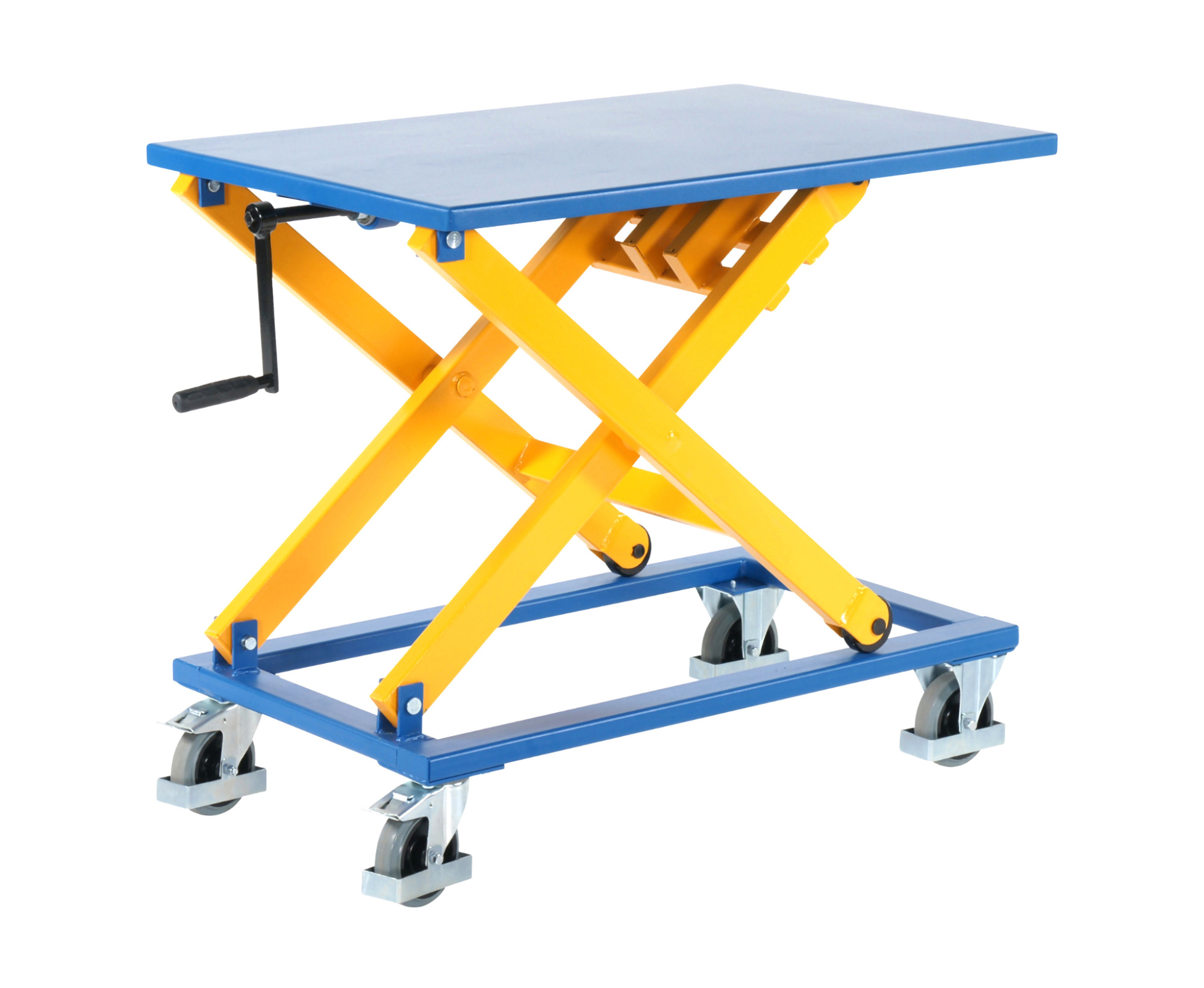
Types of lift tables:
- Mechanical lift tables.
- Electric lift tables.
- Hydraulic lift tables.
Safety regulations when using lifting equipment
When working with lifting equipment, safety is just as important as performance. Regardless of the type of machinery or the lifting equipment manufacturers that supply it, strict adherence to safety regulations is essential to protect workers and prevent accidents. Below are the key requirements for both equipment and operators that ensure safe and reliable lifting operations.
Equipment requirements:
- Use equipment in good technical condition and certified safe.
- Install equipment according to technical specifications and operate within the rated load capacity.
- Ensure adequate lighting and safety in lifting and transporting areas.
- Promptly repair or replace faulty equipment.
- Maintain periodic inspection and servicing records.
Operator and management requirements:
- Personnel must be trained in technical operation and occupational safety.
- Each piece of equipment must be staffed adequately (minimum of two people).
- Signal personnel are required when operating equipment (number depends on working conditions).
- Operators and riggers must be at least 18 years old and physically fit.
- Workers returning after more than one year of leave must undergo refresher training and practice before resuming operation.
THACO INDUSTRIES – Vietnam’s Trusted Lifting Equipment Manufacturer
To meet the growing demands of domestic and international customers, THACO INDUSTRIES continuously innovates its products, enhances competitiveness, and reinforces its position as one of Vietnam’s leading lifting equipment manufacturers.
The company operates a large-scale Mechanical Center equipped with advanced production lines imported from Australia, Switzerland, Japan, and South Korea,… Supported by a team of highly trained engineers and modern design software, THACO INDUSTRIES ensures tailored solutions for every partner and client.
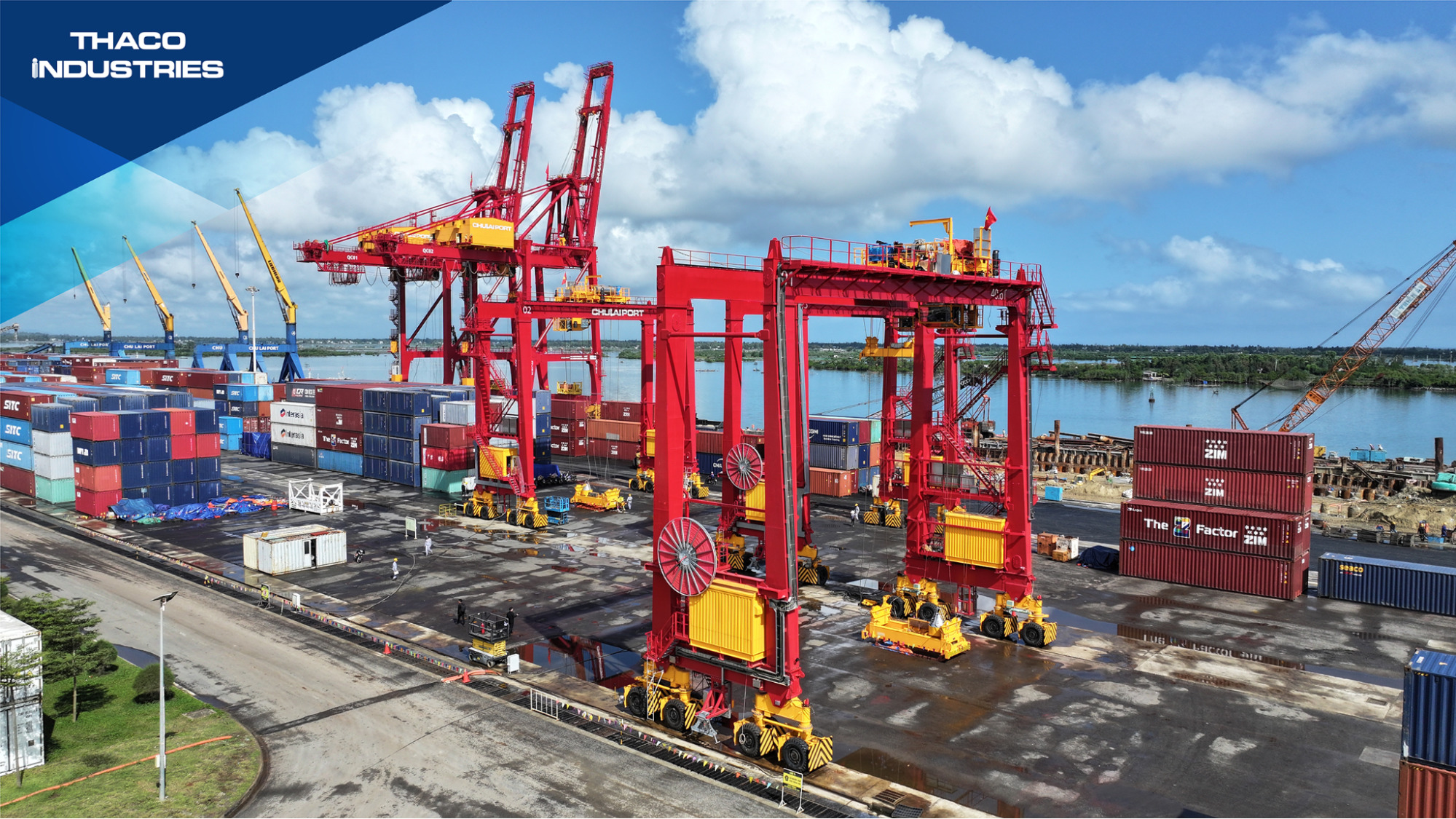
The Group provides an integrated value chain, from Research & Development, Fabrication & Manufacturing, to Installation, Commissioning, and Maintenance. The entire production process is strictly controlled at every stage in compliance with ISO 9001:2015 and ISO 14001:2015 standards.
With a diverse product portfolio including gantry cranes (RTG), truss cranes, gantry cranes, overhead cranes, lift tables,… THACO INDUSTRIES delivers efficient and optimized lifting and transportation solutions.
For more information on “What is lifting equipment? The most common types of lifting equipment on the market today”, or to find a trusted lifting equipment manufacturer and supplier of high-quality specialized equipment, please contact THACO INDUSTRIES directly at 0235 356 7161 for the fastest consultation and support.


